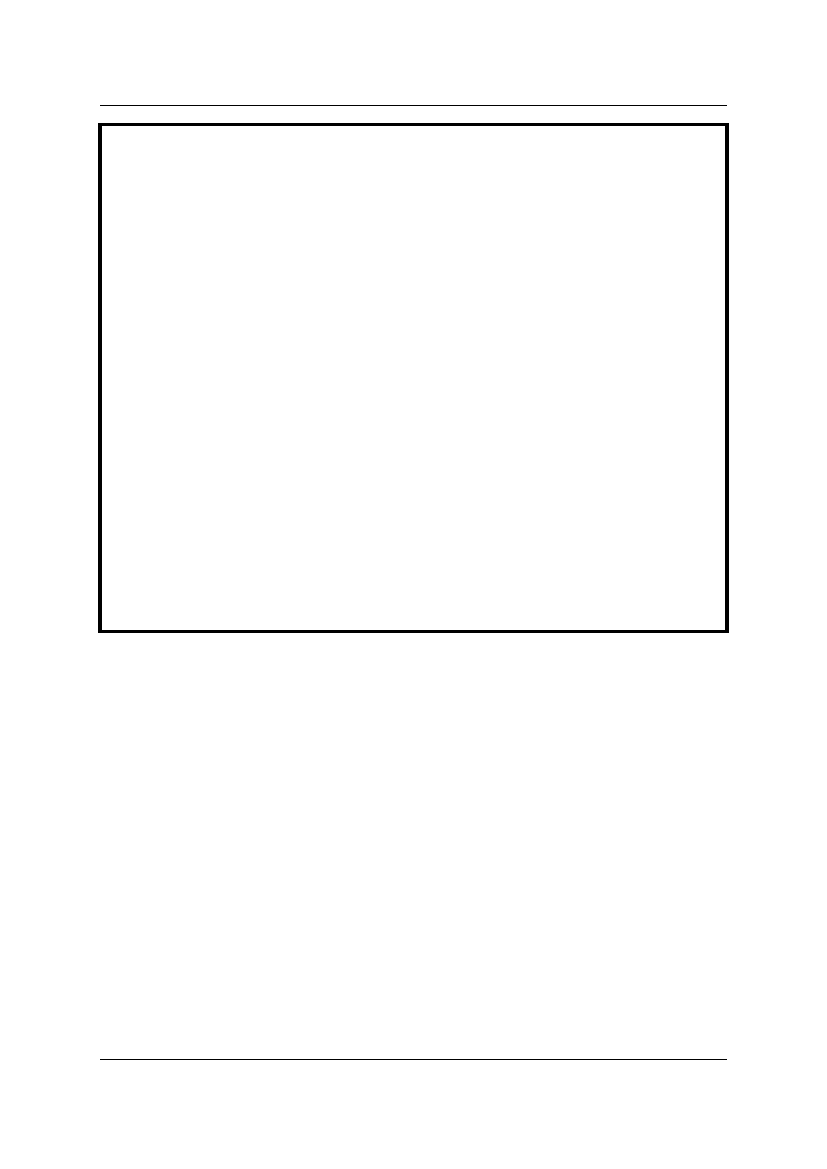
Intermediate Equipment Handbook
Intech Associates
Figure 1.4 Case Study - Finance Cost
A contractor buys a piece of equipment which costs 150,000 Local Currency
Units (LCU) new. The purchase is financed completely by a bank loan with
security provided by some property that he owns. The fixed interest rate and
other charges relating to the loan (excluding capital repayment) are equivalent
to an interest rate of 20% per annum. The contractor expects to work the
machine for 10,000 hours over a 5 year period (i.e. 2,000 hours/year) over
which time he will repay the loan.
The costs of finance per hour can be calculated as follows:-
((N + 1) / 2N) x Purchase Price x interest rate expressed as a decimal
Finance cost = _____________________________________________
Hours per year
Where N = number of years of the loan
In this case the finance charge should be 9 LCU/hour
Lower utilisation or extended repayment periods would increase this figure
significantly. For example, an 8 year equipment life and loan repayment period,
and 1,200 hours per year, utilisation would raise the finance charge to
14 LCU/hour.
1.3.2 Foreign currency components
Equipment ownership and operation can have a very high foreign exchange
component. Heavy plant is usually all manufactured outside of a developing
country so that a major portion of the capital cost is sourced from outside the
country. Spares for these items of equipment are also usually imported.
All road sector operations can be carried out by Intermediate equipment and/or
labour as an alternative to heavy plant. Intermediate equipment may also be
imported, however it can often be fabricated in-country. Its relative simplicity
usually means that it can be more easily repaired with local resources or spares.
In order to attract sales, some suppliers can provide access to finance in foreign
currency, usually US$. The interest charges on these loans are a foreign
currency cost.
In countries where the private sector uses heavy or imported equipment and
produces products for the external market (e.g. mining and export crops), they
can cope reasonably with foreign exchange rate variations as their earnings are
also tied to foreign currency. Unfortunately all road works are a local ‘product’ for
October 2012
35